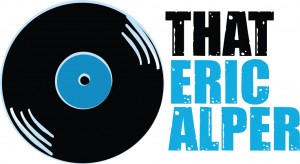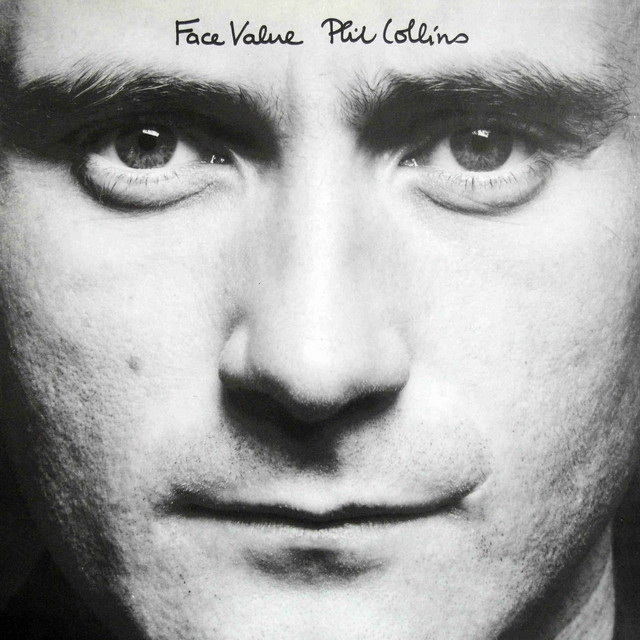Phil Collins’ Face Value cracked open the chest (and heart) of one of rock’s greatest drummers and poured his heart into 12 genre-bending, soul-searching tracks. Everyone knows In the Air Tonight, but here are five lesser-known facts about Face Value that even the biggest Genesis nerds might’ve missed.
1. “Behind the Lines” Started as Prog—Then Got Funkified
You might recognize “Behind the Lines” from Genesis’ Duke, but Collins saw something else buried in its DNA. While listening to the tape at double speed, he had an epiphany—it sounded like Off the Wall-era Michael Jackson. That was enough for Phil to flip the prog-rock epic into a horn-laden funk jam. The result? A horn-powered reinvention featuring Earth, Wind & Fire’s legendary Phenix Horns, turning prog grandeur into soul swagger. It’s not just a cover—it’s a reawakening.
2. “Over the Rainbow” Is a Hidden Farewell to Lennon
After covering The Beatles’ “Tomorrow Never Knows,” the album ends with something… different. Unlisted on most versions of Face Value, you’ll hear Phil softly singing “Somewhere Over the Rainbow.” Why? As a quiet, heartfelt tribute to John Lennon, who had been murdered just weeks before the album’s release. It’s barely audible, but it hits like a whisper across time. A subtle farewell from one Liverpudlian to another. And it’s the only hidden track Collins ever included.
3. The Album Was Rejected—By Genesis
“In the Air Tonight” and “If Leaving Me Is Easy” were both written during the Duke sessions. Collins brought them to Genesis… but the band passed. He later admitted the songs were “too simple” for the group’s complex, multi-part arrangements. That rejection was the blessing in disguise that gave Face Value its emotional core. Genesis’ “no” became Phil’s “Take a look at me now.” And thank goodness for it.
4. It Was Almost Called Interiors
Before Face Value became the name etched into pop history, Collins considered more abstract titles—Interiors and Exposure. Both nod to the deeply personal and often painful self-exploration behind the album. Ultimately, he chose Face Value, paired with that unforgettable close-up photo, so listeners could “get into his head.” Literally and metaphorically. And yes, he handwrote all the liner notes. Every last word—even the legal ones.
5. “Hand in Hand” Features a Children’s Choir—and Jazz Improv
Don’t skip over “Hand in Hand.” What starts as a smooth instrumental actually packs some serious ambition. It opens with a jazz-tinged instrumental and features a children’s choir from Los Angeles softly humming along—uncredited, but essential. The song flows into sections of improvisation, African-inspired percussion, and one of Collins’ most adventurous arrangements. It’s a masterclass in genre-blending: jazz, soul, R&B, and prog, hand in hand.
Face Value was his reinvention, a confessional, and a rhythm-soaked rebirth. With heartbreak as his muse and a Roland drum machine by his side, Phil Collins did what few drummers ever dared: he stepped out front, ripped his chest open, and changed pop music forever.







